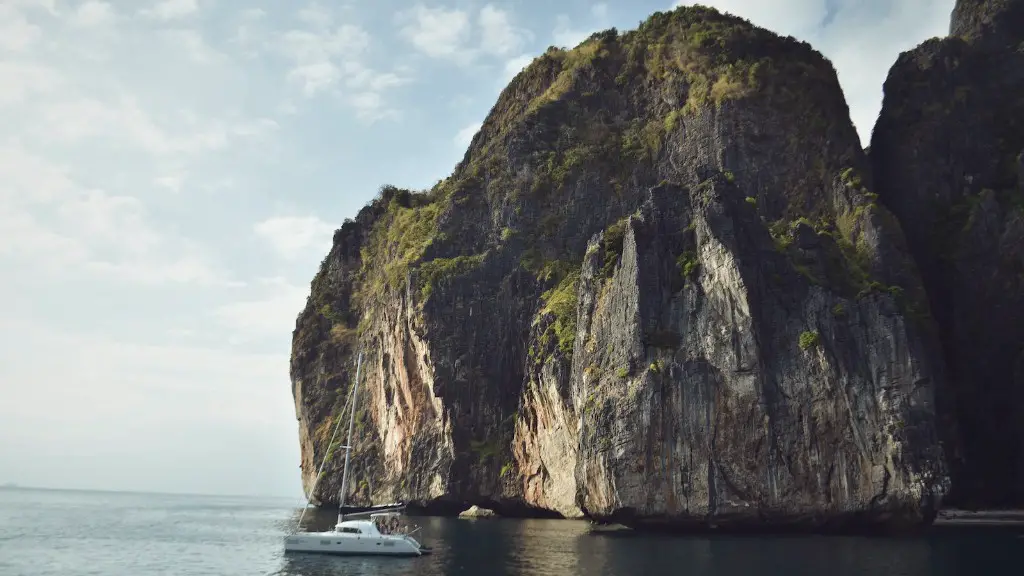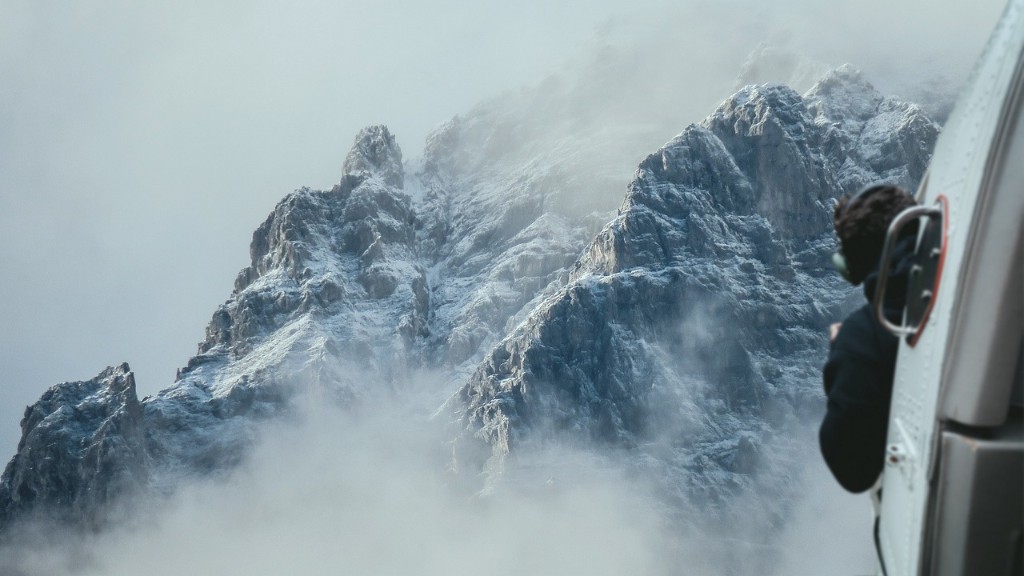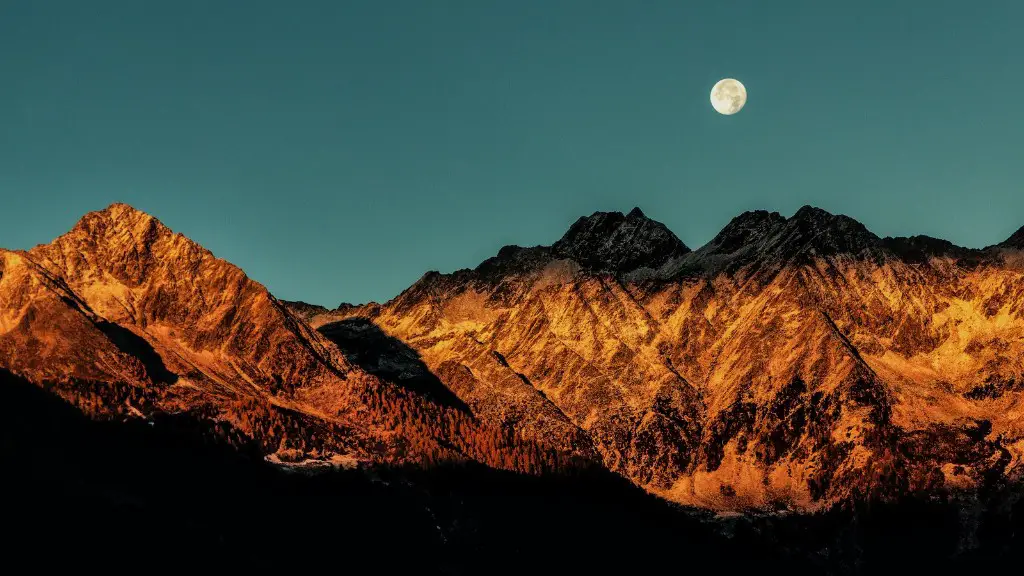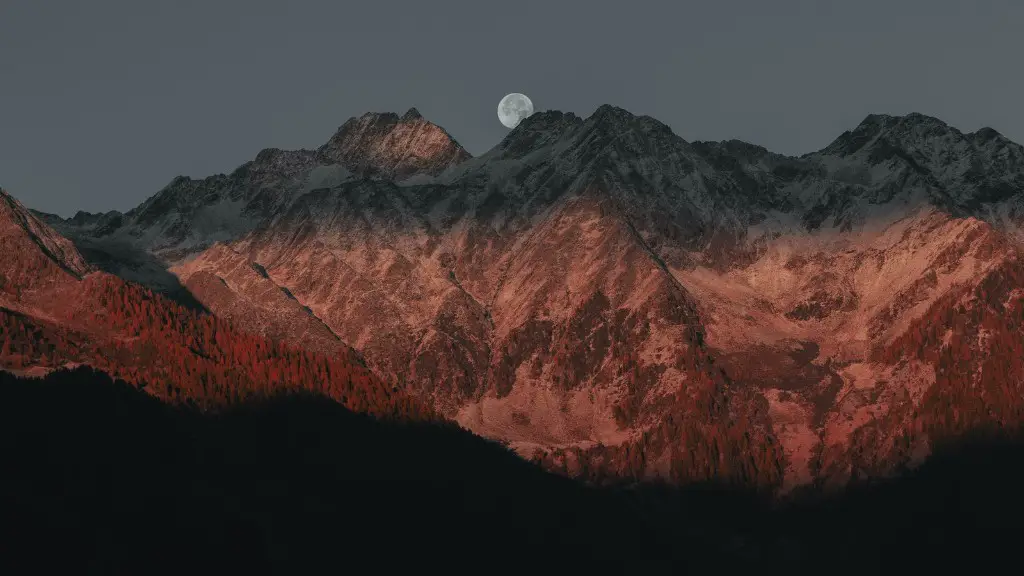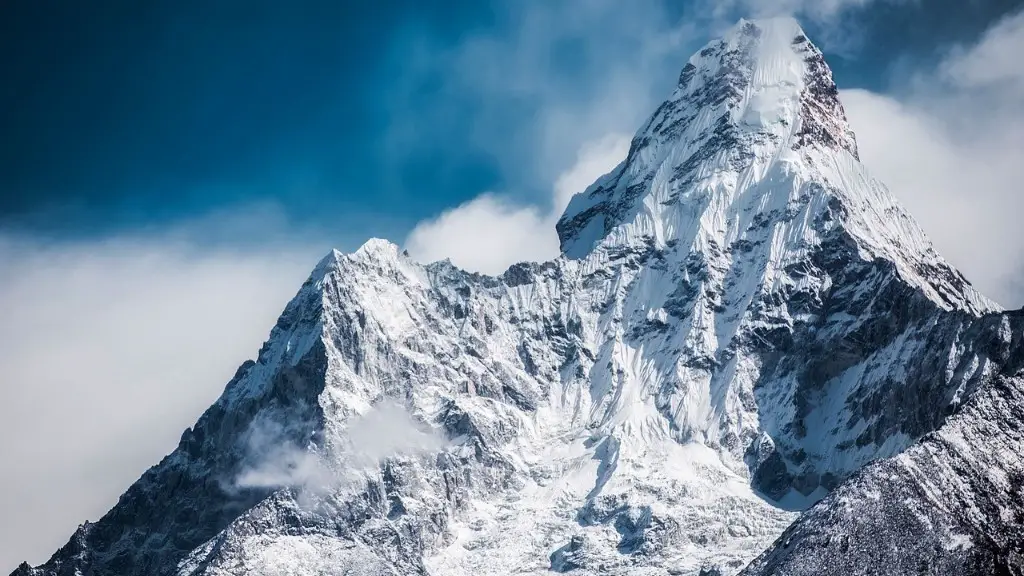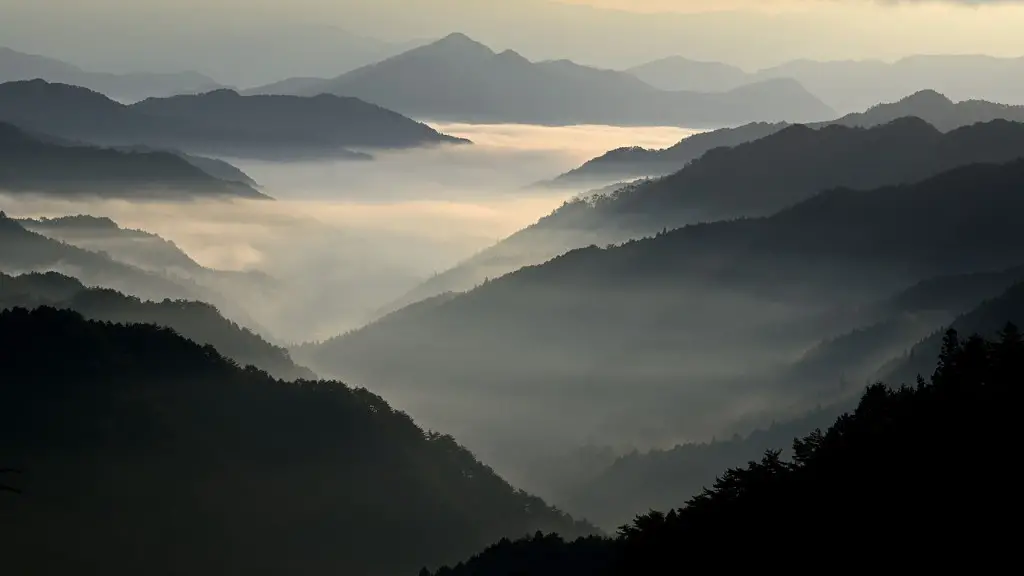Plate tectonics is the scientific study of the movement and behavior of the Earth’s lithosphere, which is the large-scale outer layer that makes up the Earth’s crust. This outer layer is broken into a number of smaller plates that move around on the Earth’s surface. The Earth’s lithosphere is made up of both continental and oceanic crust. The continental crust is the Earth’s solid outer layer that makes up the continents, while the oceanic crust is the Earth’s outer layer that makes up the ocean floors.
Mount Fuji is a stratovolcano, which is a type of volcano that is formed by the slow buildup of lava and ash from successive eruptions. Mount Fuji is not currently erupting, but it has erupted many times in the past. The last major eruption of Mount Fuji was in 1707. Mount Fuji is located on the border of Shizuoka and Yamanashi Prefectures in central Japan.
Formation of Mount Fuji
The formation of Mount Fuji began with the eruption of a volcano in the area now known as the Kai province. This ancient eruption produced a large amount of lava and ash which built up over time and formed a cone-shaped mountain.
The mountain has been shaped by successive eruptions over the years, with the most recent major eruption occurring in 1707. This eruption produced a large amount of lava and ash, which added to the existing mountain cone and resulted in the formation of the Mount Fuji that we see today.
Was Mount Fuji formed by an earthquake?
The 1707 Hoei earthquake occurred on the morning of December 16, 1707, near the city of Osaka, Japan. The earthquake had a magnitude of 7.5 on the Richter scale and caused significant damage to the city. The earthquake also caused a change in the stress in the region, which resulted in the eruption of Mount Fuji 49 days later. The eruption of Mount Fuji was one of the largest eruptions in Japanese history and caused significant damage to the surrounding area.
Mount Fuji is an active volcano that lies on the boundary between the colliding and subducting regions. The Pacific (PAC) plate is subducting from east to west beneath the PHS plate. The tectonic background around Mount Fuji is very active, with many earthquakes and volcanoes.
What plate boundary caused Mount Fuji
Mt. Fuji is one of the most famous mountains in the world. It is located in central Japan near the triple junction of the Philippine Sea, Eurasia (or Amurian), and North American (or Okhotsk) plates. Mt. Fuji is an arc volcano, which means that it is associated with the subduction of the Pacific plate. Mt. Fuji is a popular tourist destination, and many people visit the mountain each year to hike to the summit or to enjoy the views.
Mt. Fuji is a product of the subduction zone that straddles Japan. The Pacific Plate (to the north) and the Philippine Plate (to the south) are subducting underneath the Eurasian plate. Mt. Fuji is a popular tourist destination and is known for its beautiful scenery.
Is Mt. Fuji on a fault line?
The area around the mountain is known for having frequent earthquakes and numerous fault lines. Even for quake-prone Japan, the area around the mountain is dangerous.
The Hoei eruption of Mount Fuji in 1707 was preceded by a massive earthquake. The estimated 86-magnitude earthquake likely triggered a primed Fuji to erupt. The damage—especially the deaths—from these disasters, plus a tsunami, is hard to untangle. But what can be attributed to the Hoei eruption is the damage to homes near Fuji.
What are 5 facts about Mount Fuji?
1. Mount Fuji is three volcanoes in one.
2. Women were forbidden to climb it until 1868.
3. It is a sacred mountain.
4. It was first climbed by a monk.
5. It is a symbol of Japan.
6. It is an active volcano.
7. It last erupted in 1707.
8. It is surrounded by five beautiful lakes.
Honshu, Japan’s main island, lies at the intersection between three tectonic plates: the Eurasian, Philippine and North American. The island is home to many active volcanoes, due to the plates moving against each other. Honshu is also the most populous island in Japan, with over 100 million people living on it.
What plates caused the Japan earthquake
The great Tohoku-oki earthquake of 11 March 2011 was one of the largest earthquakes ever recorded, with a moment magnitude of 9.0. It occurred in the megathrust zone formed by the active subduction of the Pacific plate beneath the Okhotsk plate along the Japan Trench. This megathrust zone is responsible for the generation of many large earthquakes, including the devastating 2004 Sumatra-Andaman earthquake. The Tohoku-oki earthquake ruptured an area of the megathrust that was about 500 km long and 150 km wide, with a maximum slip of about 50 m. This earthquake caused widespread damage throughout Japan, including the Fukushima Daiichi nuclear power plant disaster.
A convergent plate boundary is when two plates collide. The denser plate subducts underneath the other plate. The Pacific Plate is subducting underneath the Philippine Plate, which is why there are many volcanoes in the Philippines. Japan has been situated in a convergent plate boundary for long geohistorical ages. This means that the Japanese islands are built under the subduction tectonics. The oceanic plate consists of the oceanic crust and a part of the mantle beneath it.
Is Mount Fuji continental or oceanic plate?
Mount Fuji is one of the most popular tourist destinations in Japan and is located on the Pacific Ring of Fire. The mountain is a block of continental crust that was tectonically deformed in the Mesozoic era and broke away from the Asian continent in the Cenozoic era.
The Philippine and Caroline plates are two of the most important minor plates. The Philippine plate is located between the Asiatic and Pacific plates and is responsible for the displacement of the Pacific plate. The Caroline plate is located between the Philippine and Indian plates and is responsible for the displacement of the Indian plate.
What are two important facts about Mt. Fuji
Fuji-san, as it is known in Japanese, is the country’s highest mountain and is considered a sacred symbol. The perfectly shaped cone of the mountain is a popular subject of art, and there are many temples and shrines located around its base. The mountain is popular with climbers, and the views from the summit are truly breathtaking.
The current Mount Fuji is a result of volcanic activity that started around 100,000 years ago. Since then, the mountain has undergone several eruptions and is currently inactive. Although it is now a popular tourist destination, it is important to remember that Mount Fuji is still a potentially active volcano.
Where is the biggest fault line in the world?
The Ring of Fire is the largest and most active fault line in the world. Located around the Pacific Ocean, the Ring of Fire consists of multiple earthquake and volcanic activity. The fault is not only the largest, but it also the most active among all the faults in the world.
Fujita et al. (2013) modeled an Mw 59 earthquake beneath Mount Fuji on March 15, 2011 as occurring on a strike-slip fault. This is in agreement with other studies that have been conducted in the area. The earthquake was caused by the movement of the Philippine Sea Plate against the Eurasian Plate.
Conclusion
Mount Fuji was formed by the convergence of three plates: the Pacific Plate, the Philippine Sea Plate, and the Eurasian Plate.
Mount Fuji was formed over a long period of time from plate tectonics. The movement of the Earth’s plates caused the formation of the mountains.
